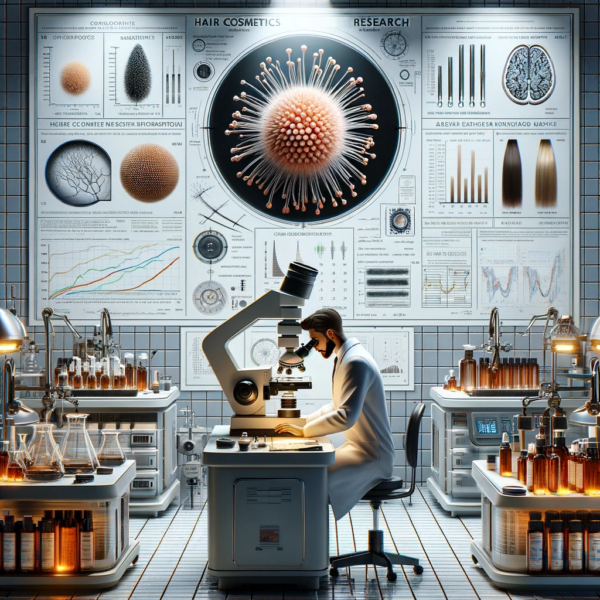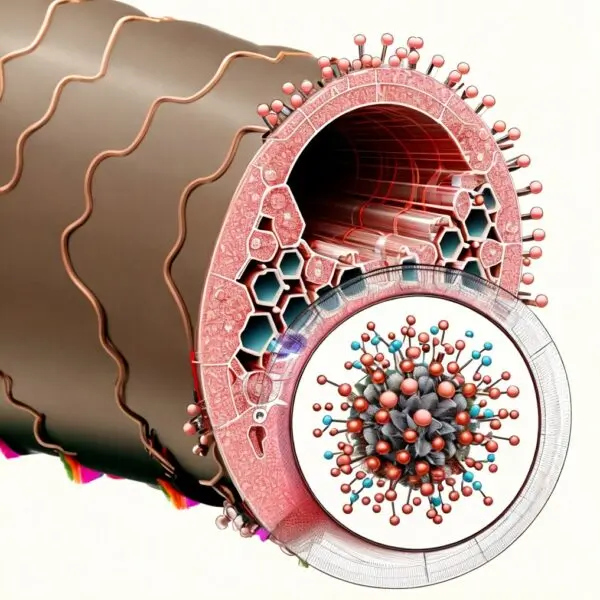Have you ever wondered how you can bend water with just a simple plastic comb and your hair? This fascinating demonstration of static electricity is not only a fun experiment but also an excellent way to understand the basics of electrical charges and their interactions. Let’s delve into this intriguing phenomenon and explore the science behind it.

Materials Needed:
- A plastic comb
- A faucet with a steady stream of water
- Clean, dry hair (without conditioner)
Instructions:
- Preparation:
- Wash the comb thoroughly to remove any oils or residues that might interfere with the experiment.
- Wash your hair and allow it to dry naturally. Do not use conditioner, as it can leave a residue that affects the static charge.
- Generating Static Electricity:
- Create static electricity by vigorously combing your dry hair with the clean plastic comb. This action transfers electrons from your hair to the comb, charging the comb with static electricity.
- Bending the Water:
- Turn on the faucet to produce a thin, steady stream of water. Ensure that the stream is smooth and unbroken.
- Slowly bring the charged comb near the stream of water without touching it. You will observe the water bending towards the comb, seemingly defying gravity.
The Science Behind It: This experiment works because of the fundamental principles of static electricity. You can bend water streams or pick up dust or bits of tissue paper with the charged comb. All of these phenomena are due to static electricity. Let’s break down the science behind this magical spectacle.
1. Understanding Charges:
- Matter is made up of atoms, which contain protons (positive charge), neutrons (neutral), and electrons (negative charge).
- Normally, atoms have an equal number of protons and electrons, making them electrically neutral.
2. Static Electricity:
- Static electricity occurs when there is an imbalance of charges on a material’s surface. In our experiment, the comb becomes negatively charged by gaining extra electrons from the hair.
- Electrons are subatomic particles that are loosely held in atoms, especially in insulators like plastic and hair. When you comb your hair, electrons are transferred from your hair to the comb due to the friction between the two materials.
3. Attraction and Repulsion:
- Like charges repel each other, while opposite charges attract. This principle explains why the negatively charged comb attracts the neutral stream of water.
- The comb’s negative charge induces a slight positive charge on the side of the water stream nearest to it, pulling the water towards the comb.
4. Conductors vs. Insulators:
- Materials can be classified as conductors or insulators based on how easily electrons move through them. Conductors, like metals, allow electrons to flow freely, while insulators, like plastic and hair, do not.
- In our experiment, both the comb and hair are insulators. When you rub the comb through your hair, the electrons don’t return to their original positions easily, causing the comb to retain its negative charge.
5. Polarization:
- When the charged comb is brought near the neutral water stream, it causes polarization. The water molecules, which are polar, have a slight positive charge on one end and a slight negative charge on the other.
- The negative charge of the comb repels the negative ends of the water molecules and attracts the positive ends, causing the stream to bend towards the comb.
Real-World Applications: The principles of static electricity are not just limited to fun experiments. They have practical applications in various fields:
1. Electrostatic Precipitators:
- These devices use static electricity to remove particles from exhaust gases. They are commonly used in industrial processes to reduce air pollution.
2. Photocopiers and Laser Printers:
- These machines use static electricity to transfer toner particles onto paper to create text and images.
3. Paint Spraying:
- Electrostatic paint sprayers charge paint particles, which are then attracted to the surface being painted. This method ensures even coverage and reduces paint wastage.
4. Lightning:
- Lightning is a dramatic example of static electricity in nature. It occurs when there is a buildup of static charge in storm clouds, leading to a sudden discharge of electricity.
Safety Considerations: While static electricity experiments are generally safe, it’s essential to follow some precautions:
- Avoid performing the experiment near electronic devices, as the static charge can damage sensitive components.
- Ensure your hands and the comb are dry to prevent any accidental electric shocks – although they are usually mild.
- Perform the experiment in a dry environment. Humidity can reduce the effectiveness of static electricity.
Conclusion: The experiment of bending water with a charged comb is a simple yet powerful demonstration of the principles of static electricity. By understanding the behavior of charges and the interaction between different materials, we can appreciate the science behind everyday phenomena and advanced technological applications. This experiment not only provides a visual treat but also deepens our understanding of the invisible forces that shape our world. So, grab a comb, wash your hair, and witness the magic of static electricity in action!
Bibliography


